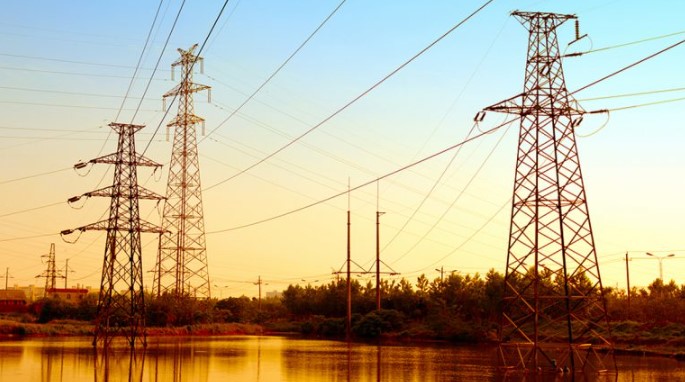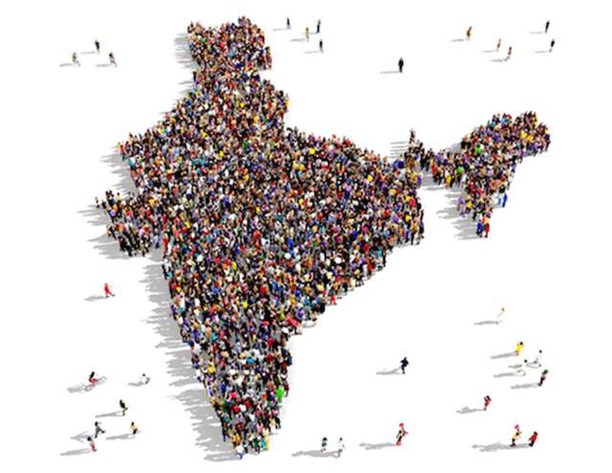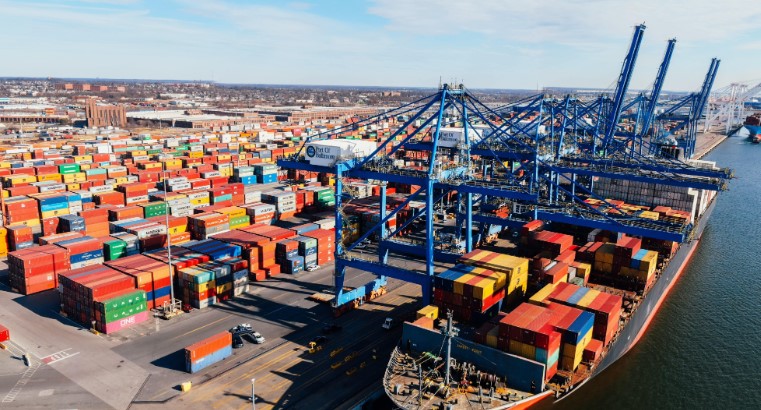
SC directions to benefit electricity consumers
- जुलाई 14, 2023
- 0
All discussions on the power sector inevitably end up chastising distribution companies (discoms) for their errant behaviour – both with their suppliers and with their customers. This “discom-bashing” has been going on for well over three decades and ranges from commentaries on unacceptable transmission and distribution losses, irrational tariffs, corruption at various levels, poor customer service, suspicious accounting, to generally holding the power sector to ransom.
It has to be recognised that some discoms (both private and state- owned) have managed to emerge out of the sectoral morass and delivered outstanding improvements. But they are more the exception than the norm. Overall, in spite of many schemes, the distribution sector still continues to be a drag on the economy.
It is also common knowledge that much of the ills attributed to discoms are the result of misguided and populist policies of political parties across the spectrum. Various “reform initiatives” proposed by the Union power ministry over the decades have been stymied due to resistance from state governments and the unhelpful attitude of the discom unions. So, the power ministry keeps chipping away and tightening the noose with stricter compliance requirements. Some of these have helped, as is evident in the decreasing outstanding dues of discoms, some improvement in distribution efficiencies and the like.
Into this complicated environment, the Supreme Court has now stepped in with its own set of structures and observations. As directed by the apex court, the Ministry of Power should evolve a mechanism such that once the first order is received from a state or Central Regulatory Commission; discoms should first make the payment to generating companies so that the burden of “carrying cost” on the end consumers can be avoided.
The judgment rules the fact that discoms are the root cause of massive financial stress across the power chain, thereby impacting the orderly growth of the economy. The effect of withholding the payment in view of multiple litigations results in an increase in carrying costs/LPG, which then reflect in the aggregate revenue requirement of discoms and is ultimately passed on the end consumers as a tariff shock.
The point is an interesting revelation during the proceedings. To a pointed query, the learned counsel for the discoms conceded the position that the prices at which the electricity is purchased from independent power producers is substantially lower than the power purchased from state generating companies. The Court noted this with a degree of concern.
The key summary of most of the observations ultimately boils down to the Supreme Court insisting that the Union of India, through the Ministry of Power. This needs strict implementation; and to be more specific-the officials concerned need to be held accountable henceforth.
क्या बिजली उपभोक्ताओं को राहत मिलेगी
बिजली क्षेत्र को लेकर जो भी चर्चा होती है वह अनिवार्य रूप से वितरण कंपनियों (डिस्कॉम) की अपने आपूर्तिकर्ताओं और ग्राहकों दोनों के साथ त्रुटिपूर्ण व्यवहार को लेकर खिंचाई के साथ समाप्त होती है। डिस्कॉम को कोसने का यह सिलसिला तीन दशक से अधिक समय से चल रहा है। इन वितरण कंपनियों पर अस्वीकार्य पारेषण और वितरण को लेकर नुकसान, तर्कहीन शुल्क, विभिन्न स्तरों पर भ्रष्टाचार, खराब ग्राहक सेवा, संदिग्ध लेखांकन से लेकर आम तौर पर बिजली क्षेत्र को अपने चंगुल में फंसा कर रखने के आरोप हैं।
यह माना जाना चाहिए कि कुछ डिस्कॉम (निजी और राज्य के स्वामित्व वाले दोनों) अपने क्षेत्र के दलदल से बाहर निकलने में कामयाब रही हैं और उत्कृष्ट सुधार का प्रदर्शन किया है। लेकिन वे अपवाद हैं। कुल मिलाकर, कई योजनाओं के बावजूद वितरण क्षेत्र अभी भी अर्थव्यवस्था पर बोझ बना हुआ है।
यह सबको पता है कि डिस्कॉम को लेकर जो भी शिकायतें हैं वे राजनीतिक दलों की गुमराह करने वाली और लोकलुभावन नीतियों का परिणाम हैं। राज्य सरकारों के प्रतिरोध और डिस्कॉम यूनियनों के असहयोगी रवैये के कारण दशकों से केंद्रीय ऊर्जा मंत्रालय द्वारा प्रस्तावित सुधार से संबंधित विभिन्न पहलों को अमलीजामा नहीं पहनाया गया है। इसलिए, बिजली मंत्रालय कठोर अनुपालन आवश्यकताओं के साथ वितरण कंपनियों पर लगातार नकेल कसने की कोशिश करता रहा है। इनमें से कुछ ने मदद भी की है, जो इन कंपनियों की घटती बकाया राशि, वितरण क्षमता में कुछ सुधार आदि से स्पष्ट है।
इस जटिल माहौल में, सर्वोच्च न्यायालय ने सख्ती और कठोर टिप्पणियों के साथ पहल की है। शीर्ष अदालत ने निर्देश दिया कि, विद्युत मंत्रालय को एक तंत्र विकसित करना चाहिए जिसके तहत राज्य या केंद्रीय नियामक आयोग से पहला आदेश प्राप्त होने के बाद, डिस्कॉम को पहले उत्पादन कंपनियों को भुगतान करना चाहिए ताकि अंत में उपभोक्ताओं को ‘रख-रखाव लागत’ के बोझ को वहन करने से बचाया जा सके।
निर्णय इस तथ्य पर खेद व्यक्त करता है कि डिस्कॉम बिजली श्रृंखला में बड़े पैमाने पर वित्तीय तनाव का मूल कारण हैं, जिससे अर्थव्यवस्था के व्यवस्थित विकास पर असर पड़ता है। कई मुकदमों के मद्देनजर भुगतान को रोकने के प्रभाव के परिणामस्वरूप् रख-रखाव लागत/एलपीएस में वृद्धि होती है, जो तब डिस्कॉम की कुल राजस्व आवश्यकता में परिलक्षित होती है और अंततः शुल्क में बढ़ोतरी का बोझ अंतिम उपभोक्ताओं के ऊपर डाल दिया जाता है।
एक बिंदु उस दिलचस्प तथ्य को लेकर है जिसे कार्यवाही के दौरान डिस्कॉम के विद्वान वकील ने माना। उन्होंने स्वीकार किया कि जिस कीमत पर बिजली स्वतंत्र बिजली उत्पादकों से खरीदी जाती है, वह सरकारी उत्पादक कंपनियों से खरीदी गई बिजली की तुलना में काफी कम है। अदालत ने इस बात को भी संज्ञान में लिया।
अधिकांश टिप्पणियों का मुख्य सार अंततः सर्वोच्च न्यायालय के इस आग्रह पर निर्भर करता है कि केंद्र विद्युत मंत्रालय के माध्यम से एक तंत्र विकसित कर सकता है। इसके लिए सख्त कार्यान्वयन के साथ अधिक विशिष्ट होने और अधिकारियों को आगे और जवाबदेह बनाने की जरूरत है।
































































